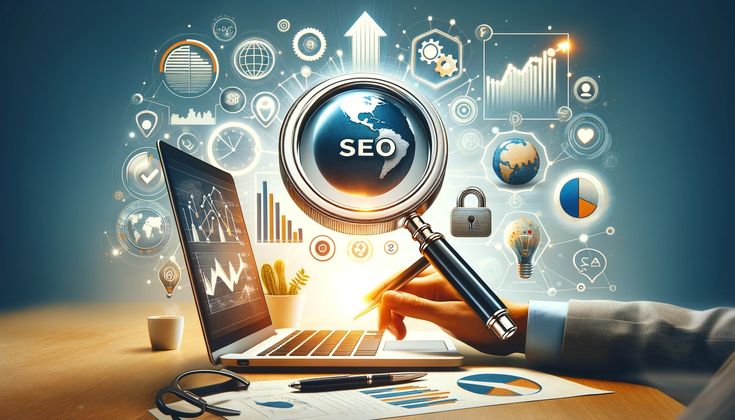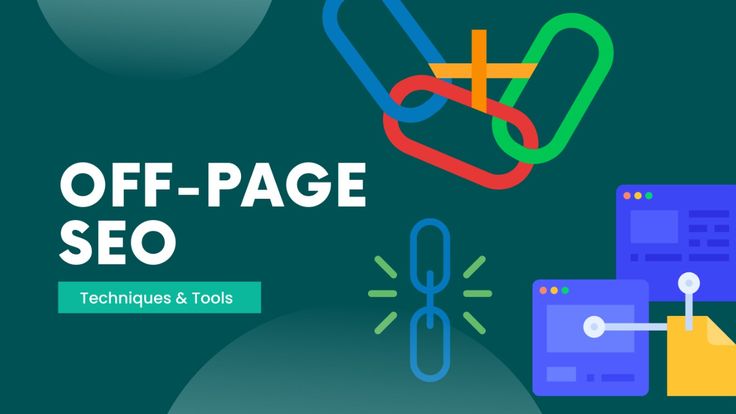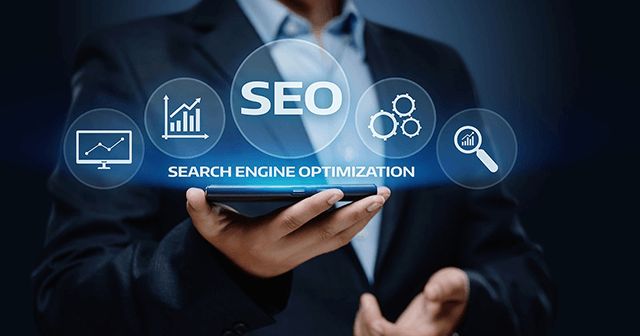Mastering On-Page Optimization in Digital Marketing: Tips & Tools
On-Page SEO
📌 What is On-Page SEO?
"On-page SEO" is the process of optimizing individual web pages (blog posts, product pages, or landing pages) to rank higher and draw more relevant search engine traffic.
It’s called “on-page” because it happens on your website — not elsewhere (like backlinks or social media).
✅ Why is On-Page SEO Important?
-
Helps search engines understand your content
-
Increases your chances of ranking higher
-
Improves user experience
-
Boosts click-through rate (CTR)
🔍 Key Elements of On-Page SEO
Here’s a checklist of what you need to focus on:
1. 🎯 Title Tag (Meta Title)
-
This is the clickable headline in Google search.
-
It should include your main keyword.
-
Keep it under 60 characters.
Example:
✅ "Best Budget Laptops for Students in 2025"
📝 2. Meta Description
A meta description is a short summary that appears below your page title in search engine results. While it doesn’t directly affect rankings, it can boost your click-through rate (CTR) by encouraging users to click your link instead of others.
✅ Best Practices:
-
Keep it under 155 characters
-
Include your main keyword
-
Add a strong call to action (CTA)
-
Make it clear and compelling
3. 🧱 URL Structure
-
Keep it short, clean, and keyword-friendly.
-
Avoid numbers and unnecessary words.
Example:
✅ yoursite.com/best-laptops-2025
❌ yoursite.com/page?id=123&cat=6
4. 🔑 Keywords in Content
-
Use your target keyword naturally in the:
-
First 100 words
-
Headings (especially H1)
-
Image alt tags
-
Last paragraph
-
Don’t overuse — avoid keyword stuffing.
5. 🧩 Headings (H1, H2, H3…)
-
Use only one H1 (main title).
-
Use H2s and H3s to break content into sections.
-
Use keywords in headings when it makes sense.
6. 📷 Image Optimization
-
Add alt text (describes the image) with keywords.
-
Compress images to reduce load time.
-
Use descriptive file names (e.g., best-laptop-2025.jpg)
7. 🔗 Internal Linking
-
Link to other pages on your own site.
-
Example: From a blog about "laptops" → link to your "laptop accessories" post.
Benefits:
Helps users explore more and helps Google crawl your site better.
8. 🌐 External Linking
-
Link to relevant, trusted websites.
-
Example: If quoting stats, link to original sources like gov sites, news, or studies.
9. 📱 Mobile-Friendly Design
-
Your page should look good on phones and tablets.
-
Use responsive design (auto adjusts screen size).
10. ⚡ Page Speed Optimization
-
Use fast hosting.
-
Compress images.
-
Minimize CSS and JS files.
-
Tools to test speed:
-
Google PageSpeed Insights
-
GTmetrix
11. 🗺️ Structured Data (Schema Markup)
-
Use schema to help search engines understand your content better.
-
For instance, to display rich results, add a product or FAQ schema.
12. 📈 User Experience (UX)
-
Easy-to-read content
-
Clear headings and spacing
-
Avoid popups and distractions
-
Add a call to action (CTA) like “Read More” or “Buy Now”
Frequently Asked Questions (FAQ) on On-Page SEO
1. What is on-page SEO?
On-page SEO refers to all the optimization techniques that are done directly on a website or a web page to improve its visibility in search engines. It includes content, HTML source code, meta tags, and internal linking.
2. Why is on-page SEO important?
It helps search engines understand your content better and rank your page higher in search results. Without proper on-page optimization, even the best content may not rank well.
3. What are the main elements of on-page SEO?
-
Title tags
-
Meta descriptions
-
Headings (H1, H2, etc.)
-
URL structure
-
Internal linking
-
Image alt text
-
Keyword optimization
-
Content quality
-
Mobile friendliness
-
Page speed
4. What is the ideal number of keywords for a page?
Naturally, use one main keyword and two to three related (LSI) keywords. Avoid keyword stuffing. Focus on user intent and relevance.
5. What is a meta description and how does it affect search engine optimization?
A meta description is a short (no more than 155 characters) summary of a webpage. It affects the click-through rate (CTR) from search results, but has no direct impact on ranking.
6. How do I write an SEO-friendly URL?
Use short, descriptive, and keyword-rich URLs. Avoid long strings, numbers, or symbols. Example:
www.example.com/on-page-seo-guide
7. What role does content play in on-page SEO?
The most important component is content. It should be unique, meaningful, and relevant to the user’s search query. Always prioritize quality over quantity.
8. What is internal linking and why should I use it?
Internal links connect different pages on your site. They:
-
Aid navigation
-
Spread link equity
-
Improve indexing
-
Guide users to related content
9. Should images be optimized for SEO?
Yes! Use:
-
Descriptive file names
-
Compressed file sizes (for speed)
-
Alt text with relevant keywords
10. How often should I update my on-page SEO?
Revisit important pages every 3-6 months. Keep content fresh, fix outdated information, and re-optimize based on performance and new SEO trends.


